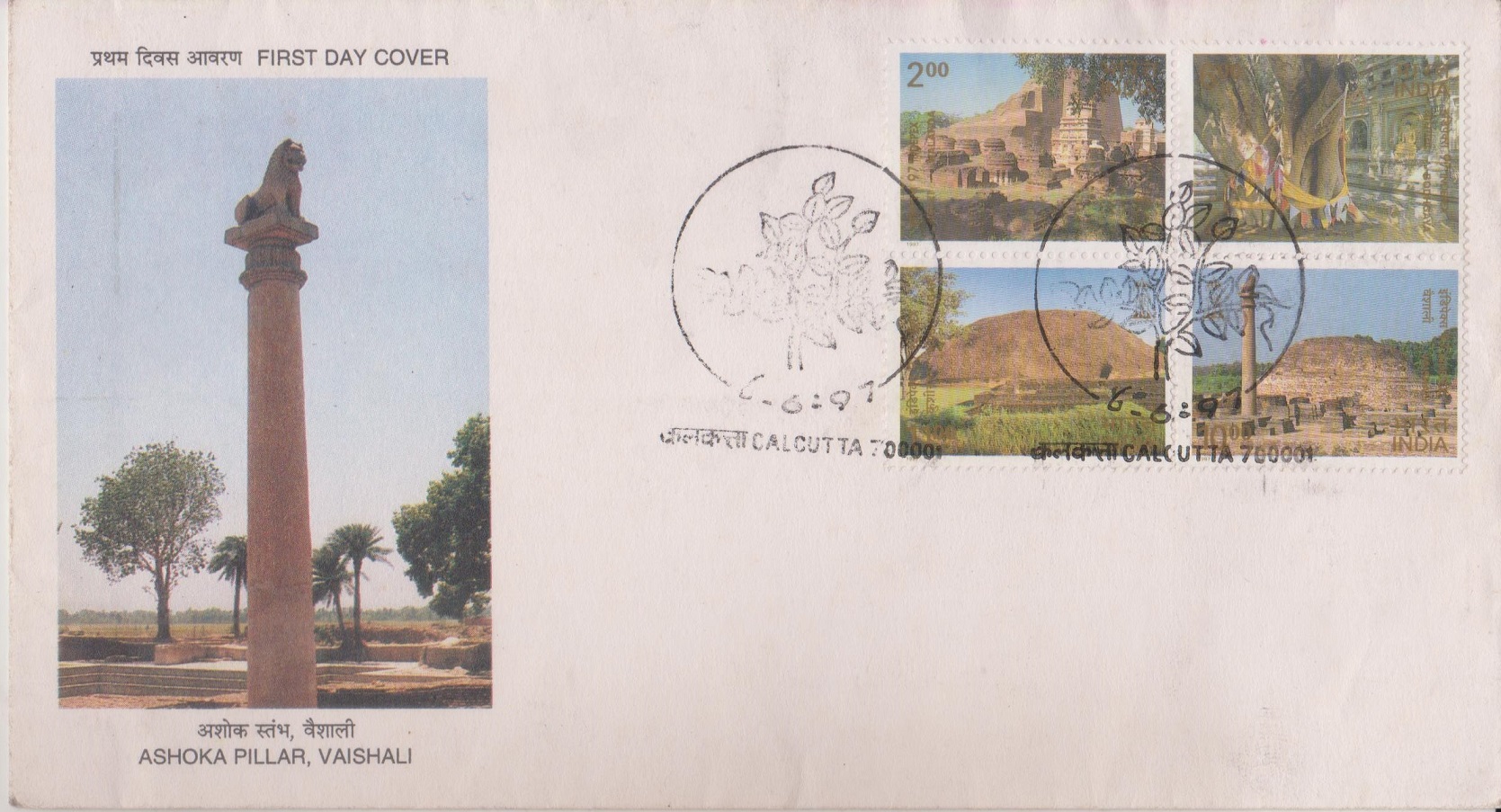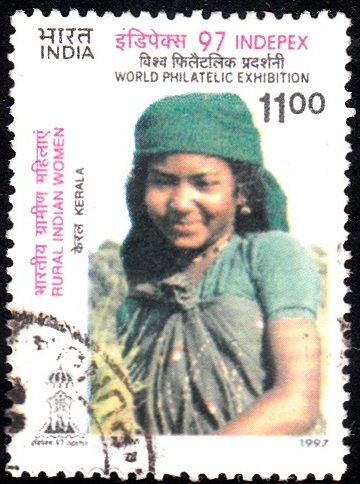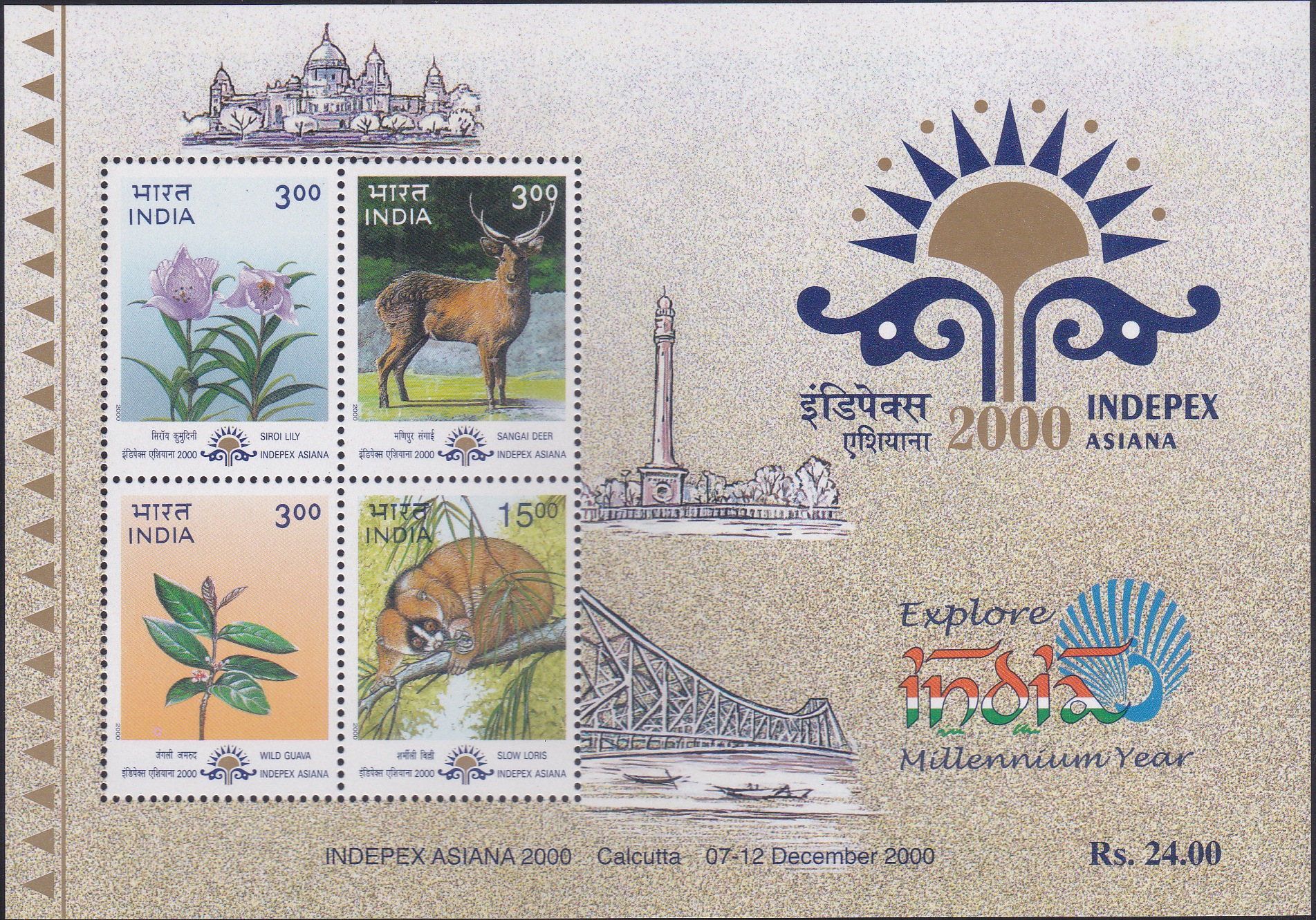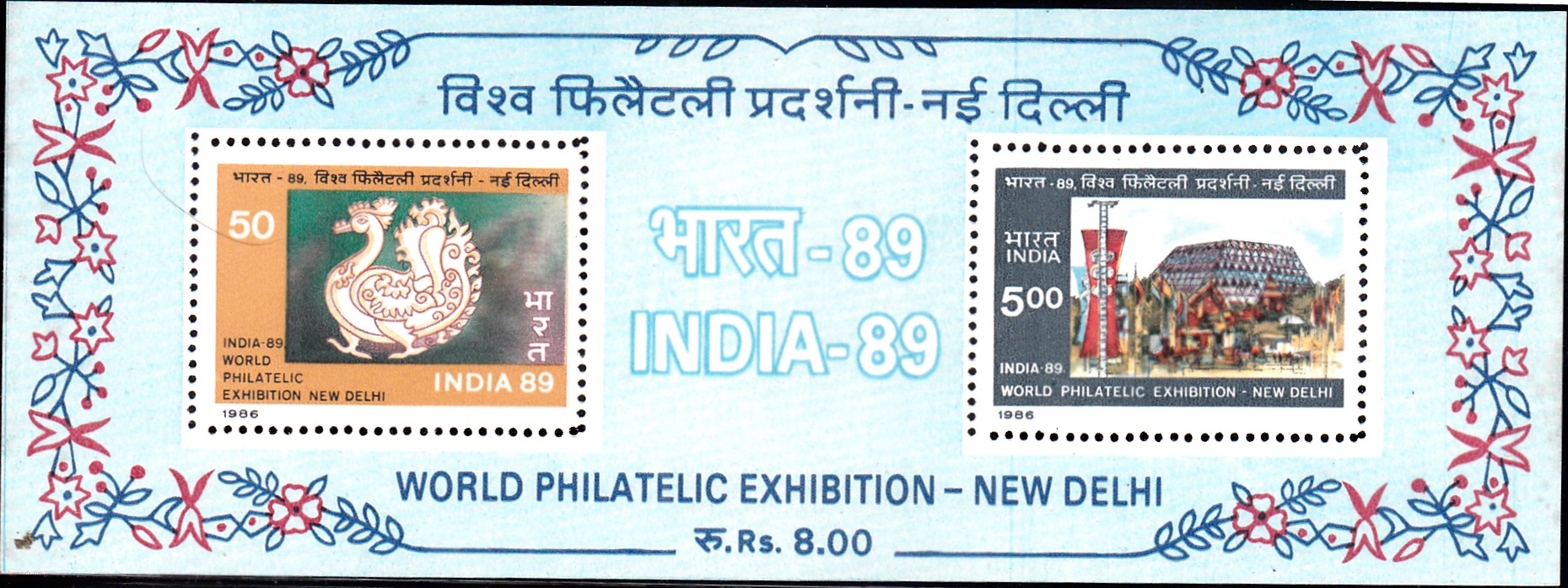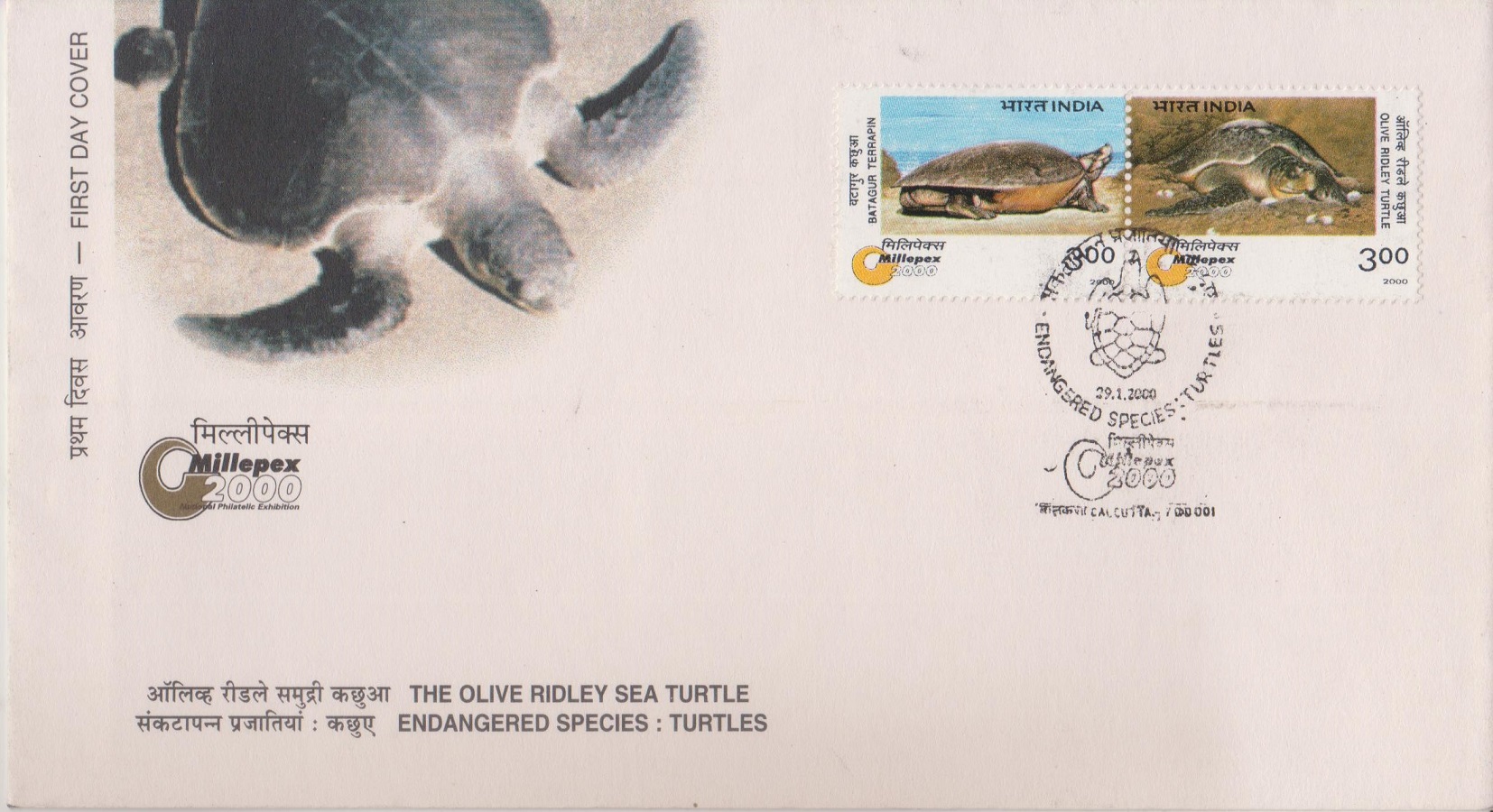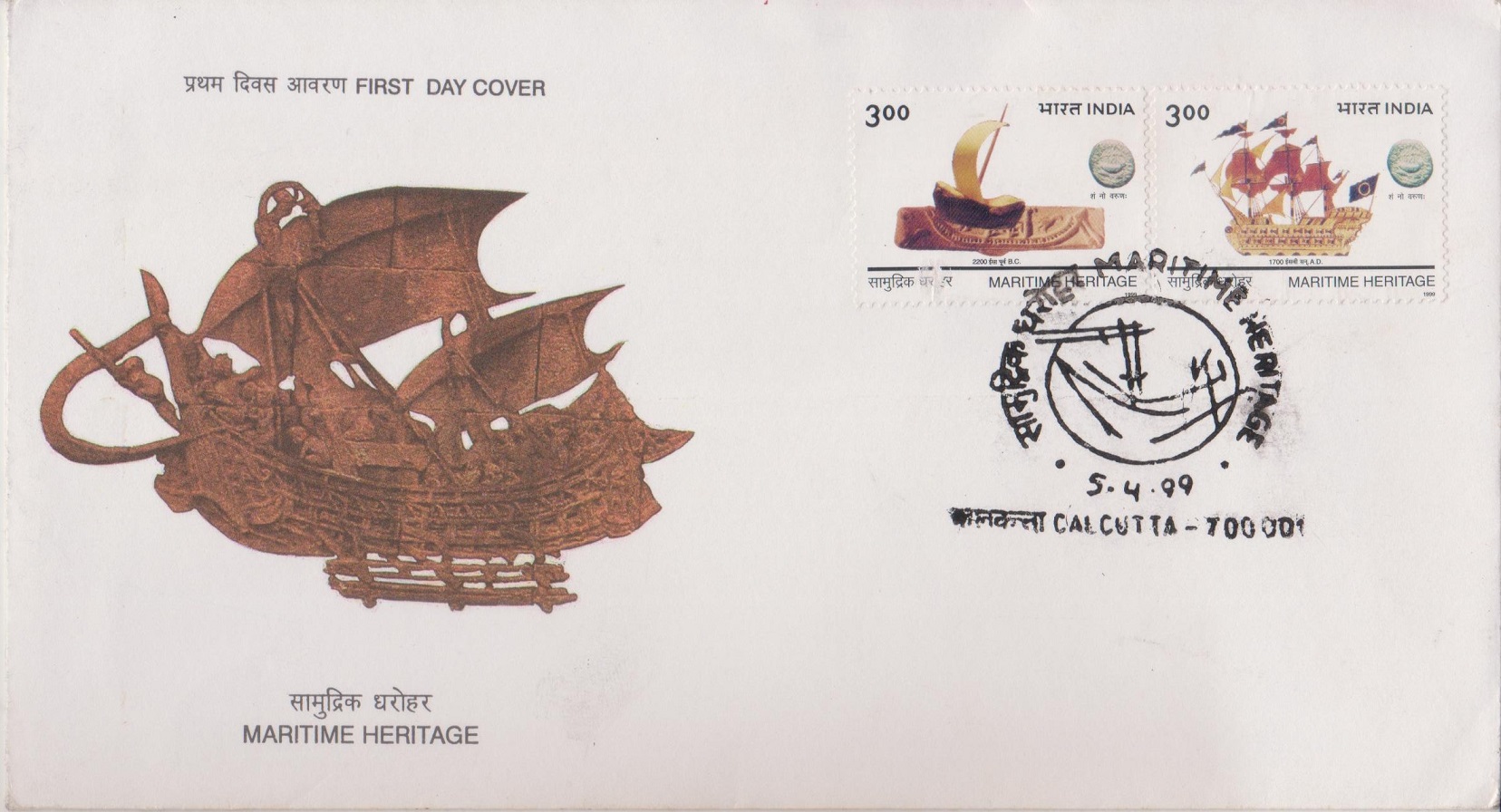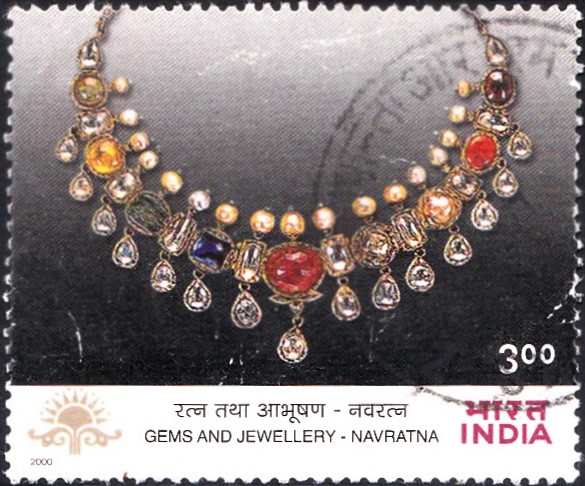
Gems and Jewellery of India
Complete Set of 6 nos of postage stamps on the “Indepex–Asiana 2000“, the 14th Asian International Stamp Exhibition, Calcutta : Indian Gems & Jewelry : Bead Necklace (Indus Valley, 2500 B.C.), Gold Necklace (Taxila, 1st century A.D.), Turban Ornament (Sarpech), Navaratna Necklace (18th century), ‘Tali‘, Bridal Necklace (South India, 19th century) and ‘Kanthla‘, Temple Necklace (Rajasthan, 18th century) :
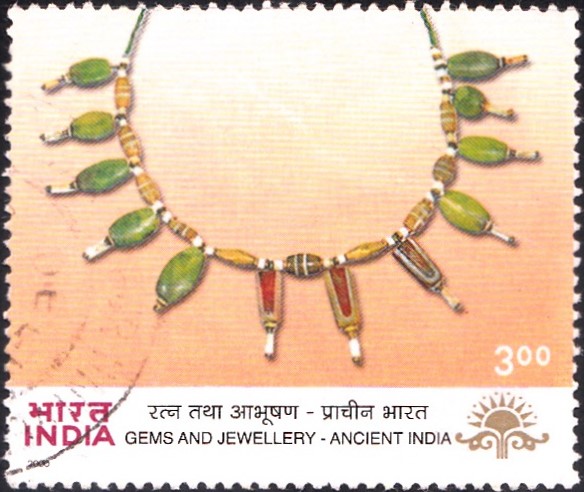
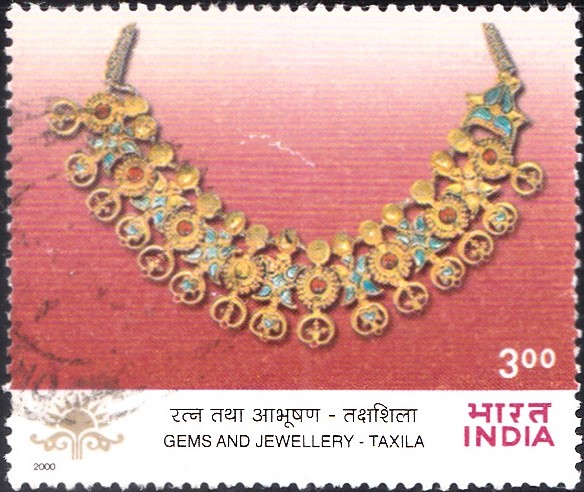
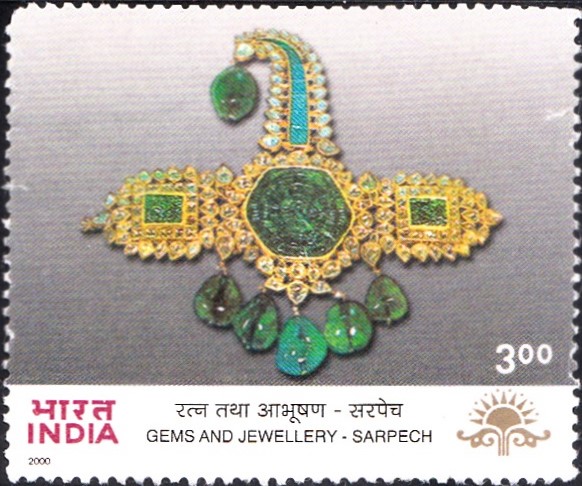

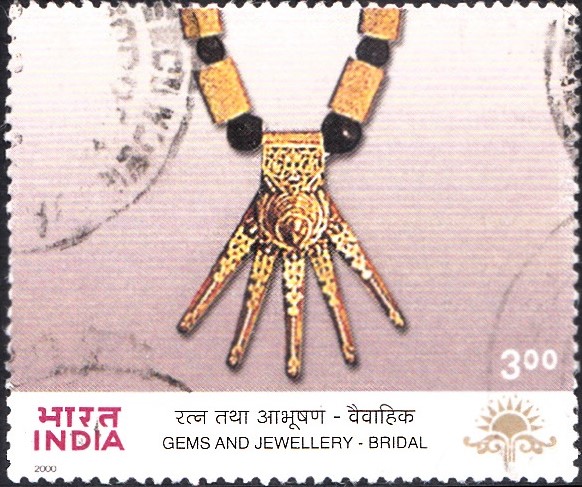
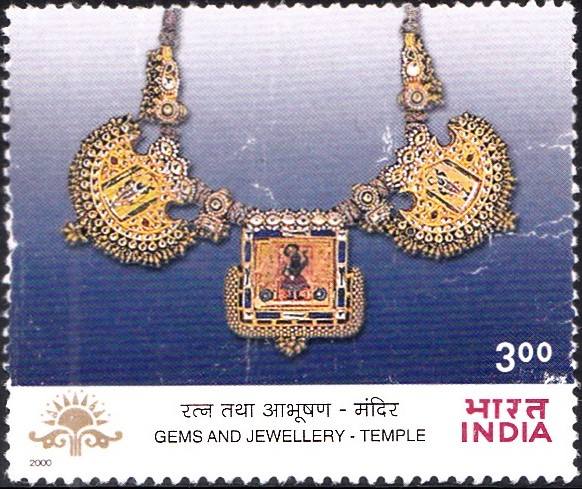
Issued by India
Issued on Dec 7, 2000
Issued for : India’s tradition in jewellery is more than 5000 years old. The Department of Posts issues a set of 6 stamps on Indian gems and jewellery under the series of stamps issued to launch Indepex Asiana – 2000, XIV Asian International Exhibition, the Department’s tribute to 50 years of the Republic of India, and the New Millennium.
Credits :
Stamp Design : Based on jewellery displayed in National Museum and concept design by Alka Sharma.
FDC & Mini Sheet : Kamleshwar Singh
Cancellation : Alka Sharma
Type : Stamps, Postal Used
Colour : Six Colour
Denomination : 300 Paise each
Overall size : 4.82 x 4.06 cms.
Printing Size : 4.82 x 4.0 cms.
Perforation : 13.5 x 13.5
Paper : Matt Chromo
Stamps Printed : 3 million each
Number per issue sheet : 40
Mixed and Minisheet : 50000 each
Printing Process : Photo Offset
Printer : Calcutta Security Printers Ltd.
About :
- By 3000 BC India was the principal production centre for jewellery making. Lapislazuli, turquoise, coral, camelian, jasper and a variety of semiprecious stones were imported into the Indus valley cities of Harappa, Mohenjodaro, Lothal, Kalibangan where they were cut, shaped and re-exported to destinations beyond India’s maritime boundaries (the first stamp in the series portrays a bead necklace from Indus Valley (c. 2500 BC)). Texts on gemmology (Ratnashastra) such as “Ashtadhyayi“ of Panini (c. 500 BC), Kautilya‘s “Arthashastra” (4th century BC), Bharata‘s “Natyashastra” (c. 500 BC) give systematic description of jewellery traditions. The Natyashastra classifies ornaments into four types : avedhya – that which is worn by piercing a part of the body, including ear-ornaments (kundala); bandhaniya – that which is tied up like girdles (sronisutra) and armbands (angada); praksepya – that which is worn like anklets (nupura); and aropya – that which is put around, for example, chains (hema-sutra) and necklaces (hara). The sacred and secular terracotta images of the period of Shunga Dynasty (c. 187-73 BC) excavated from sites such as Harinarayanpur, Chandraketugarh in West Bengal reveal fine ornamentation of early jewellery forms bearing evidence of the techniques of goldsmithing, the use of dies, the skill of working in sheet gold, repousse, granulation and filigree, gems enclosed in bezel settings. The second stamp in the series portrays a necklace with such intricate craftsmanship in gold from Taxila (c. 1st century A.D.). Though gold was the principle raw material employed, by the 1st century AD India was the principle supplier of diamonds and precious gems to the world. The mural paintings of Ajanta depict profuse use of pearls and lace like quality of jewellery forms.
- In the Mughal period ‘meenakari’ or enamelling, a unique combination of gems, enamel pigments and precious metals became increasingly popular. Some of the fine examples of Mughal aesthetic detailing are seen in the items of jewellery made for the nobles, such as sarpech (a turban ornament figuring in the series), thumbring, jewelled katar, kalgi, tikka etc. Ratnashastra, imbued gems and jewellery with mystic symbolism. Precious stones and gems, were imbued with medical powers and healing properties. The “navaratna” concept with nine gems in uncut form studded in amulets, was believed to symbolise the relationship between man, the planets and their reigning deities, and hence functioned as mediums between human and Divine. Navaratna jewels were commonly made in the form of rings, pendants, bangles and necklaces, and incorporated ruby, pearl, coral, emerald, topaz, diamond, sapphire, zircon and cat’s eye (navaratna necklace from c. 18th century AD has been depicted in the series). Jewellery has always been associated with rituals for women in India. The 5th stamp in the series depicts a ‘tali’ (19th century AD), a marriage necklace from South India. There is a ritual of tying of ‘Mangalsutra‘ on the wedding day. There are ornaments for the hair, for the forehead, the nose ornament (nath), jhumka, koppu, thantatti and various other names for ear ornaments for women. Worship and propitiation of the elements was absorbed into jewellery design and ornaments in ancient times are seen to function as a canvas for myths and legends. The last stamp in the series depicts a ‘kanthla’ necklace (18th century AD) from Rajasthan, forming part of “temple jewellery”.
- Text : National Museum and publications on Indian Jewellery.


